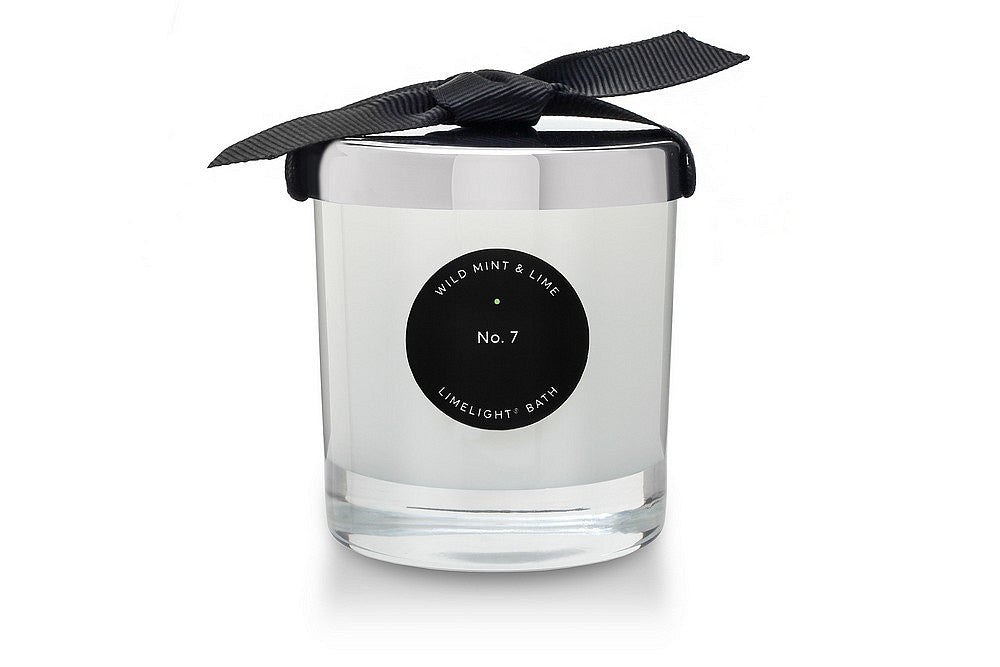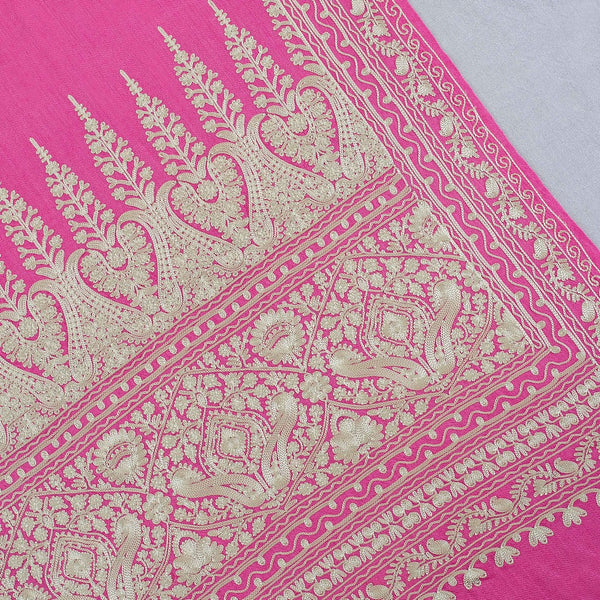Your Cart is Empty

March 30, 2023 2 min read
Candles have been used for thousands of years for various purposes, from providing light to religious ceremonies. The history of candle making can be traced back to ancient Egypt, where rushlights were used as a source of light. These were made by soaking the pithy core of rush plants in melted animal fat or oil.
The Romans improved the process by using tallow, a byproduct of animal fat, as the primary ingredient in candle making. They also introduced the use of wicks, made from flax or hemp, which allowed for a more controlled and longer-lasting flame.
During the Middle Ages, candle making became an established industry, with guilds and craftsmen producing candles for churches, homes, and street lighting. Beeswax candles became popular due to their sweet aroma and clean-burning properties, but they were expensive and therefore reserved for the wealthy.
In the 18th century, the discovery of spermaceti, a wax-like substance found in the head of sperm whales, revolutionized candle making. Spermaceti candles burned brighter and longer than tallow or beeswax candles, and they didn't produce a foul odor. However, the use of spermaceti was controversial due to the impact it had on the whaling industry and the harm it caused to whale populations.
In the 19th century, the invention of the mechanical candle-making machine transformed the industry. The machine could produce large quantities of candles quickly and efficiently, leading to a decrease in the cost of candles and making them more widely available.
Today, candle making has evolved into a popular hobby and industry, with a wide variety of materials and scents available. Soy wax, beeswax, and paraffin wax are commonly used, and candles can be found in a range of shapes, sizes, and fragrances to suit every taste and occasion.

Join our Douée family, sign up for our emails to learn about new products, exclusive deals and more! We promise we won't bombarde you!
As a Welcome Gift to you, use code WELCOME10 to receive 10% off your first purchase.
Welcome to Douée, Lisa & Peter